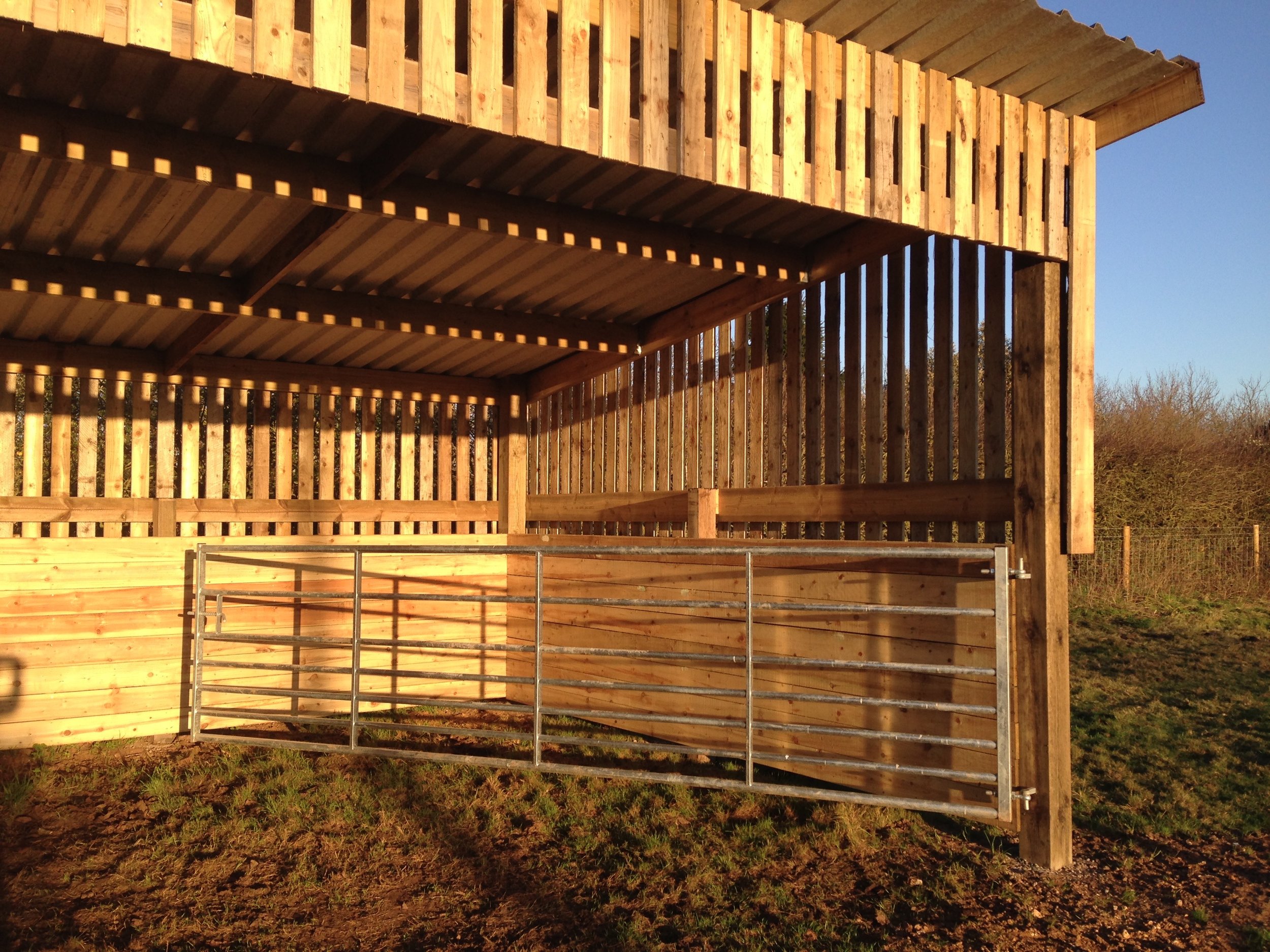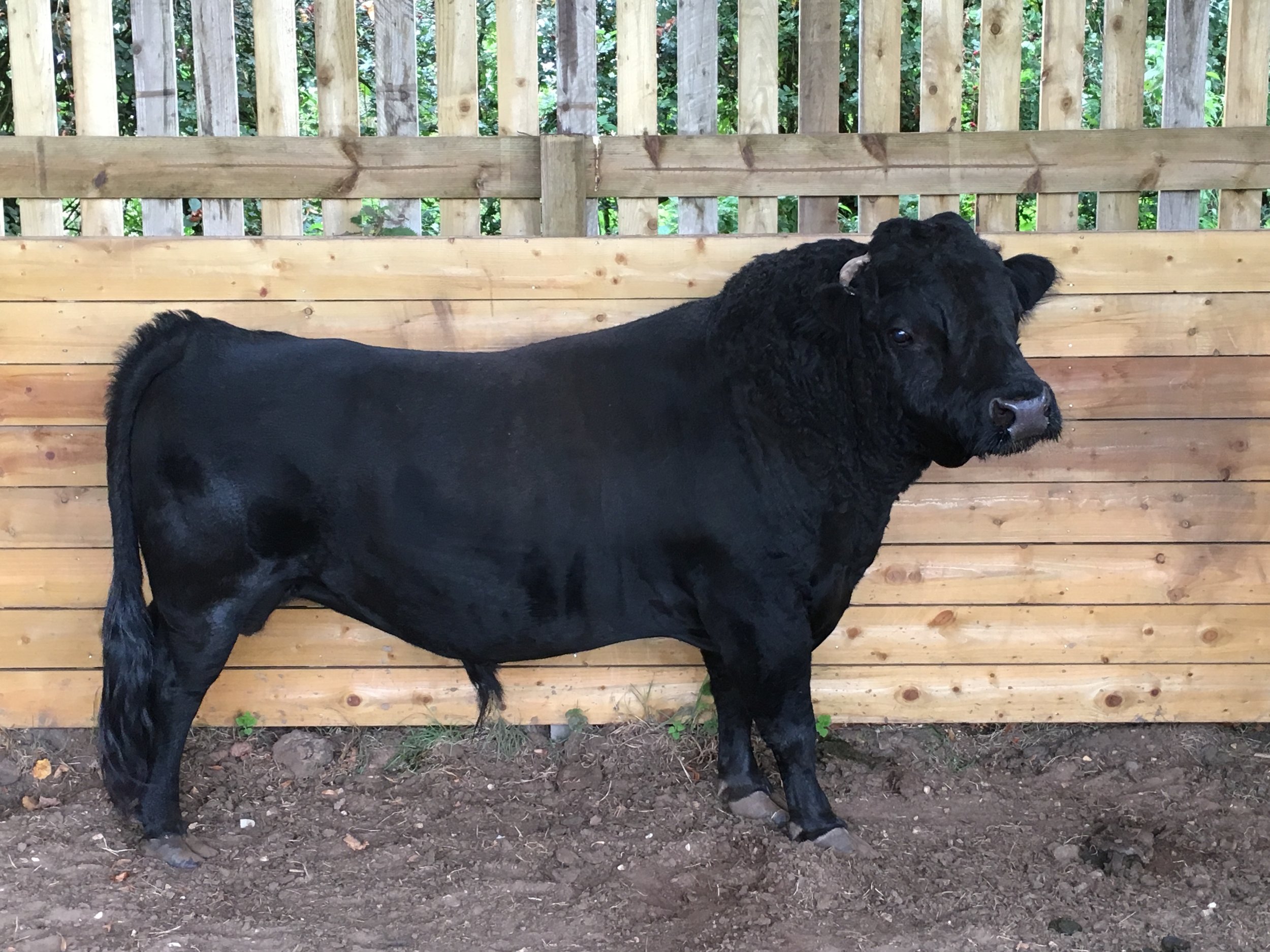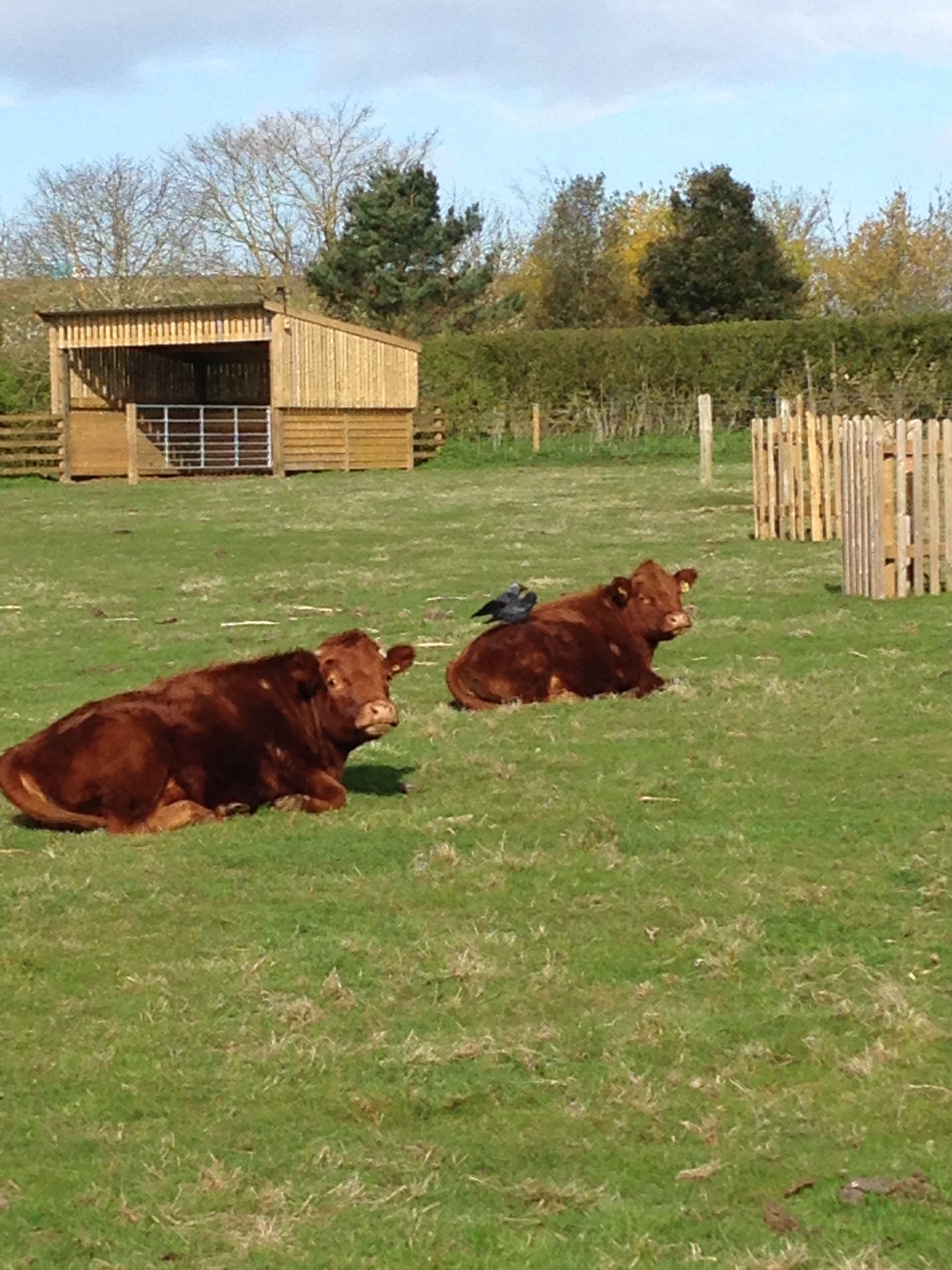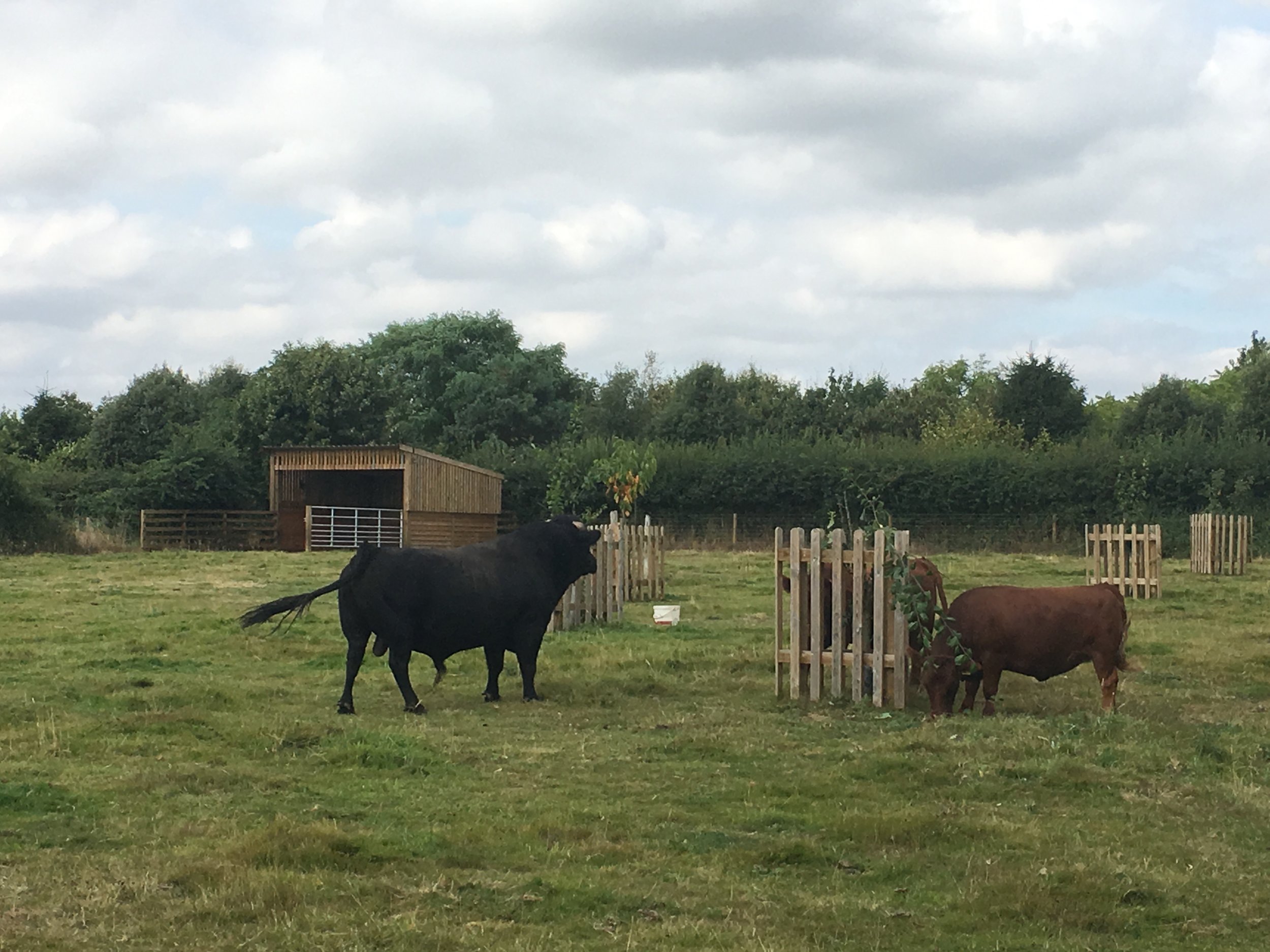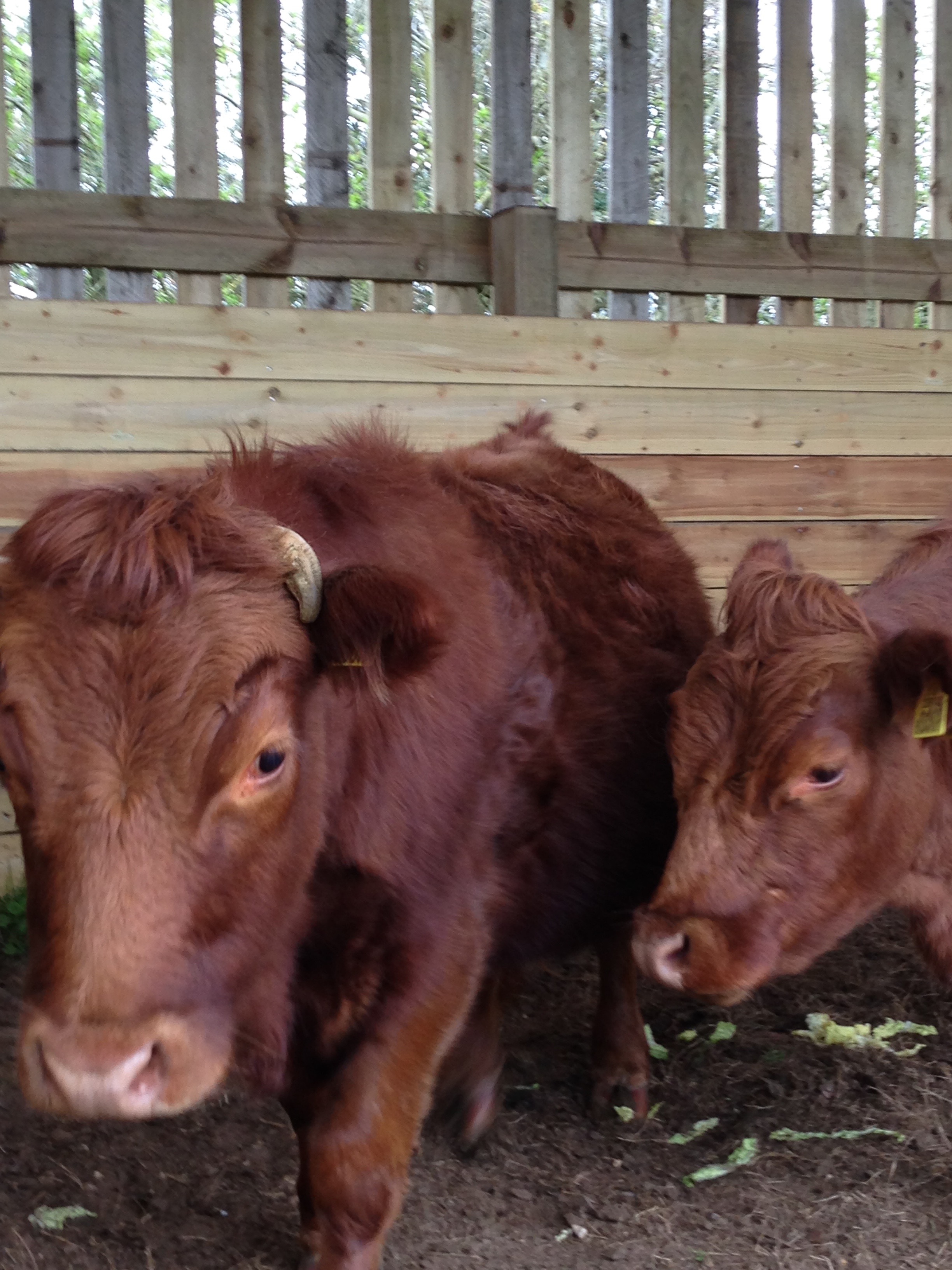We are fully into winter now, with some cold winds, icy showers and dark nights upon us. For cattle and other livestock, it is time to start thinking about making them as warm and comfortable during these next few months as possible.
It is now you need to make sure your buildings – cow sheds and stables – are fit for their purpose, i.e. keeping the animals warm and dry.
If you have calves, then the primary concern is pneumonia. For the first time in their short lives, the calves will be coming into contact with bacteria and viruses that are prevalent in enclosed spaces. They might also be suffering the stress of weaning and being brought into housing from open pastures. The stress produces cortisol, which lowers the calves' immunity levels.
For this reason, special care must be taken when housing young calves, to an extent that is not so important for older animals.
Four factors will impact the suitability of your cattle shed.
Ventilation
Moisture management
Draughts
Temperature
Ventilation
Your buildings need a good in-let and out-let for air, so it can circulate freely. This will promote good lung health among your cattle. Natural ventilation uses heat generated by cattle inside a building to push stale upwards (hot air rises). This leaves a vacuum that draws in fresh cool air. This means your building should have an air outlet in the roof, and air inlets along the sides of the building.
One note of caution: the air inlets should be above the height at which the calves lie on their bedding, you don’t want your animals to be lying in a constant draft.
Moisture
A warm, moist environment is the perfect place for germs to breed. Make sure that your cattle housing area has good drainage and the water feeders are functioning properly. Also, ensure the bedding is changed regularly and not allowed to get too wet. Repair any leaky downpipes and avoid using excess water to clean feeders as this raises the levels of moisture and humidity in the shed.
Draughts
Airflow is essential to good hygiene but the air flow needs to be uniform and not blowing into the shed where young calves are likely to be lying. A boarded surround with no gap at the bottom, up to the height of the cattle’s heads is perfect, with slatted, well-ventilated spaced boards higher up. if you have an open gate to your building, you could use straw windbreaks to stave off the draughts.
Temperature
Housed in big airy sheds, young calves may simply not be able to keep warm enough. If it is a shed of young calves, they might not produce the heat necessary to push the stale air upwards and draw in the fresh air. Make sure your building is suitable for the needs of the animals who will be living there.
A project in West Norfolk
The images are of a simple cattle shed in West Norfolk. The roof is pitched, to allow the heat to rise, Yorkshire Boading ensures good ventilation and the surface is designed to prevent moisture build-up. The client wanted the cattle shed to be open access, so the front is gated but the client uses straw to act as a wind break when necessary.

